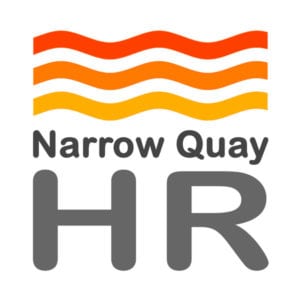Many healthcare practices are facing challenges around recruitment and retention. In particular, we are seeing an increase in the number of experienced GPs retiring early leading to an increase in recruiting less experienced salaried GPs.
Getting the recruitment process right is crucial and will undoubtedly be an important part of any Practice Manager’s role. However, how best to undertake this exercise still remains something of a challenge. In this article, we provide our five top tips for getting it right:
1. Define the Role
Having a clearly defined role is an essential starting point for a good recruitment process. The first step is to analyse the job. Consider what tasks the jobholder will be required to do and think about how the role fits into the overall healthcare practice. Once you have done this, you can draft the job description and person specification documents. Try to remain focussed on the requirements of the role and the specific competencies you want from the individual. And remember your job description and person specification should be realistic and not a wish list.
2. Attracting Applications
Review the techniques you use to you attract applicants and think creatively to maximise your chances of getting the best applicants. The local Facebook groups for example could be a good source of advertising for some roles. Consider whether an employee referral scheme which incentives staff to refer candidates might be worth considering. Research has shown that the wording of some adverts appeals more to men than women. Perhaps think about testing differently worded adverts to see what gets the best response.
3. Managing Applications
We all have unconscious biases which we are unaware of and may not want to admit to. These can reveal themselves in any number of ways, from unconsciously favouring someone who went to the same University as you or being put off someone because of their accent. The recruitment process can be a fertile ground for these biases to come to the fore and can mean your healthcare practice misses out on the best candidates. Worse still, it could expose your practice to risks of discrimination claims.
Think carefully about how your practice deals with applications. There are a number of easy changes that a practice can make. For example, try, as far as possible, to remove any information that might illicit a bias, such as name, address and age and have more than one person undertake the shortlisting and potentially use a third as a final check.
4. Effective Interviews
Most recruitment processes involve an interview. Structured interviews where the interviewer or panel agree the questions in advance will help to keep the questions on track and avoid the risk of going off track into areas that could cause difficulties, such as discussions around health or childcare. Try to reframe the interview as a fact finding process rather than a decision making one to take some of the pressure off and think about the time of day you hold interviews – research has shown that those interviewed later in the day after a string of earlier interviews are at a disadvantage.
5. The Offer Letter and Contract
Think carefully about the wording of your offer letters. Take specialist legal advice to ensure that your offer letter and any contractual documentation are up to scratch and fit for purpose. These documents are designed to set out clearly the basis of the employment relationship but also to protect the practice, so it is important that you have well drafted and user friendly documents in place that are regularly reviewed.
Our Narrow Quay HR consultants work together with you and your practice, providing you with a flexible range of HR advice and solutions to assist your day to day business which includes recruitment and retention challenges.
For more information, please contact Sarah Martin on 07799 136 091 or Caitlin Anniss on 07909 683 938 at Narrow Quay HR.

